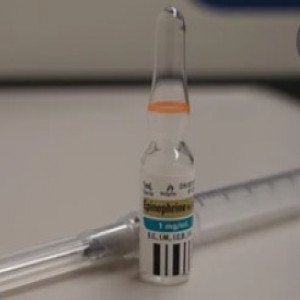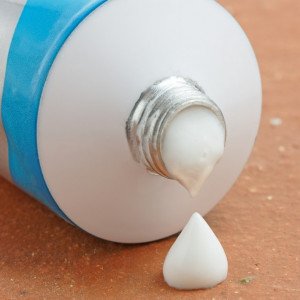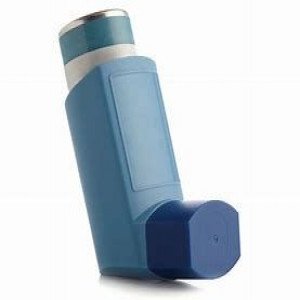 Welcome
Welcome
“May all be happy, may all be healed, may all be at peace and may no one ever suffer."
- A
- B
- C
- D
- E
- F
- G
- H
- I
- J
- K
- L
- M
- N
- O
- P
- Q
- R
- S
- T
- U
- V
- W
- X
- Y
- Z
Lindamax Plus 1.2% + 0.025%
Trunac 1.2% + 0.025%
Clindax-B 1% + 5%
Pimponil 1.2% + 0.025%
Cinamycin Plus 1.2% + 0.025%
Dalacin Plus 1.2% + 0.025%
Clindacin Plus 1.2% + 0.025%
Clindax Plus 1.2% + 0.025%
Clinacyn T 1.2% + 0.025%
P-L Jelly (1gm + 1.3gm) /...
Clintrix 1.2% + 0.025%
Systaflam
Clinface 1.2% + 0.025%
Topical Gel - Brands
A topical gel is a medication or cosmetic product that is formulated in a gel form and is applied directly to the skin. Topical gels are used for a variety of purposes, such as to treat skin conditions like acne, psoriasis, or eczema, or to relieve pain and inflammation in joints or muscles.
Topical gels are made up of a combination of active ingredients, such as medication or other therapeutic compounds, and a gel base that provides a smooth, non-greasy texture and facilitates absorption of the active ingredients into the skin. The gel base may be water-based, oil-based, or a combination of both, and may contain other ingredients like emulsifiers, preservatives, and thickening agents to give the product its desired consistency and stability.
Some common types of topical gels include:
- Anti-inflammatory gels: These gels contain medication that reduces inflammation and pain, such as diclofenac, ibuprofen, or ketoprofen.
- Antibacterial gels: These gels contain medication that kills or inhibits the growth of bacteria, such as benzoyl peroxide or clindamycin.
- Moisturizing gels: These gels contain ingredients that hydrate and soothe the skin, such as aloe vera or glycerin.
- Acne treatment gels: These gels contain medication that reduces acne-causing bacteria or clears clogged pores, such as benzoyl peroxide or salicylic acid.
- Sunscreen gels: These gels contain UV-absorbing agents that protect the skin from harmful sun rays.
Overall, topical gels can provide a convenient and effective way to deliver medication or other therapeutic compounds directly to the skin for localized treatment.
How to use Topical Gel?
Topical gels are medicated products that are applied to the skin for local treatment of various conditions such as acne, inflammation, pain, or skin infections. The exact instructions for using a topical gel may vary depending on the specific product and condition being treated. However, here are some general guidelines that may be helpful:
- Wash your hands thoroughly before using the topical gel.
- Clean and dry the affected area of skin before applying the gel.
- Apply a small amount of the gel to the affected area using clean fingers, a cotton swab, or the applicator provided with the product. Be sure to follow the dosage and frequency recommended by your doctor or as indicated on the product label.
- Rub the gel gently into the skin until it is absorbed completely. Do not apply too much pressure, as this may cause irritation or damage to the skin.
- Wash your hands again after applying the gel, unless your hands are part of the treated area.
- Avoid getting the gel in your eyes, mouth, or other sensitive areas of the body. If this happens, rinse the area thoroughly with water.
- Store the topical gel according to the instructions on the product label. Most topical gels should be kept at room temperature and away from moisture and heat.
- Do not use the topical gel for longer than recommended by your doctor, as this may increase the risk of side effects or skin damage.
It is important to follow the instructions provided with your specific topical gel product and to talk to your doctor if you have any questions or concerns about its use.

SC Injection

Ointment

Tablet

Inhaler

Tablet

Emulsion

Tablet (ER)

Suspension
Topical Gel, How to use Topical Gel, টপিকাল জেল
To be happy, beautiful, healthy, wealthy, hale and long-lived stay with DM3S.